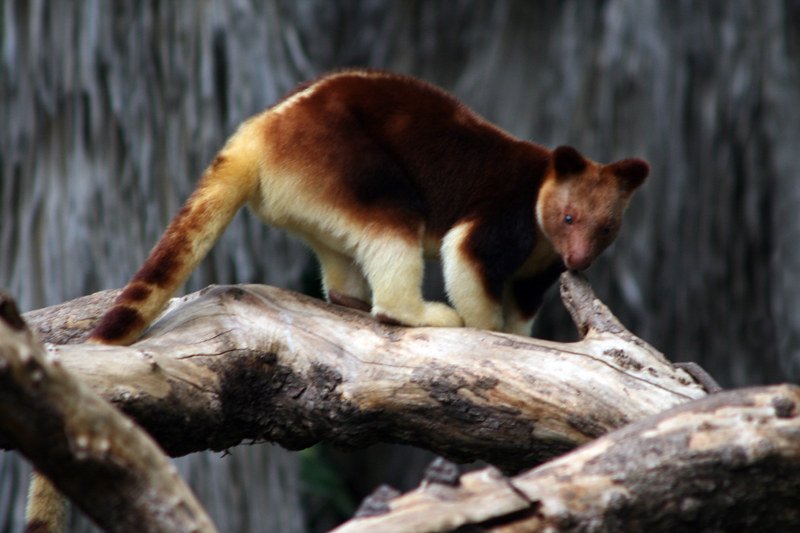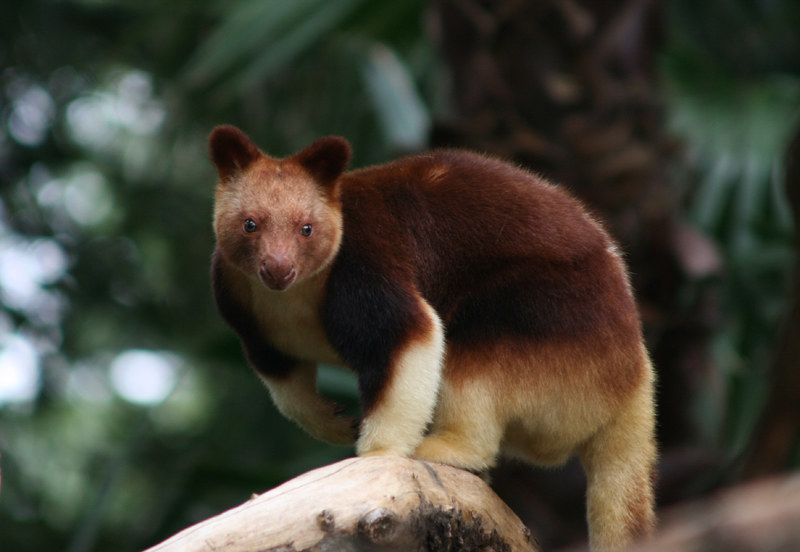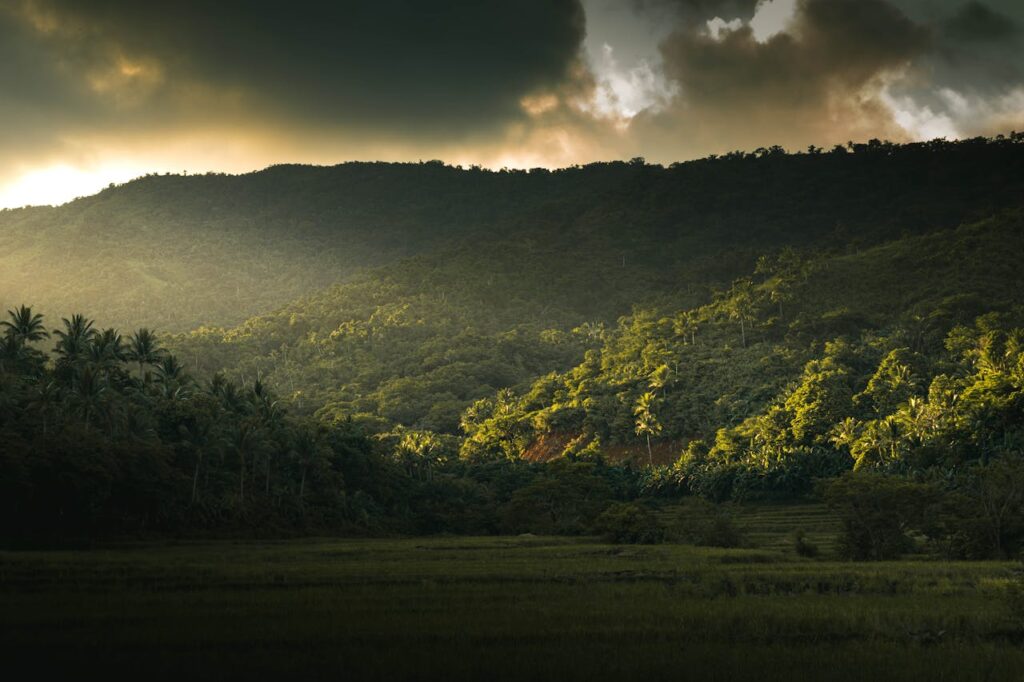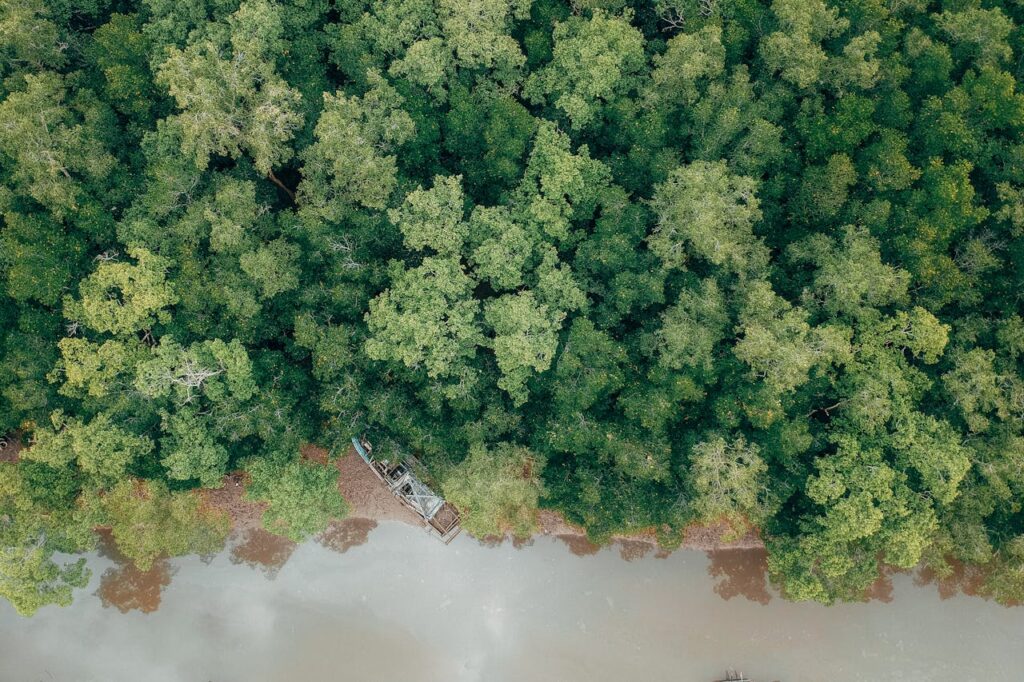The Wondiwoi Tree Kangaroo Has Been Spotted Alive After Nearly a Century

For nearly a hundred years, scientists believed the Wondiwoi tree kangaroo was lost forever, an obscure marsupial consigned to the shadows of extinction. Last recorded in 1928, the animal seemed to vanish into legend. But now, this golden furred wonder has reemerged from the misty highlands of Papua New Guinea, offering the world a breathtaking reminder that nature still holds surprises.

A Species Thought Lost to Time
When Ernst Mayr encountered the Wondiwoi tree kangaroo in 1928, he collected a single specimen and described it formally, but beyond that one record the species vanished from scientific view. For decades afterward, no expeditions returned with evidence, leaving its status uncertain. The remoteness of the Wondiwoi Mountains in Papua contributed to this absence, as the steep terrain and dense forests made fieldwork extremely difficult.

The lack of reliable observations gradually led many scientists to place the animal in the category of species presumed extinct, a conclusion reinforced by the pressures of hunting and habitat encroachment elsewhere in the region. The Wondiwoi became a kind of ghost in zoological literature, referenced only as a curiosity from a bygone expedition. Its mysterious disappearance highlighted how fragile knowledge of rare species can be when their entire range lies hidden in a single inaccessible landscape.
The Moment of Rediscovery
British naturalist Michael Smith’s rediscovery of the Wondiwoi tree kangaroo began with arduous trekking into the little explored Wondiwoi Mountains. Equipped with only basic gear and the determination to confirm decades of rumors, he ventured into forests that few outsiders had seen. His persistence was rewarded when he managed to capture the first clear images of the animal in its natural habitat. The photographs showed a healthy individual moving confidently among the branches, evidence that at least a small population had endured in isolation.
What made the rediscovery remarkable was not only the confirmation that the species still survived but also the method by which it was accomplished. Unlike large scale surveys, this was a solitary effort driven by personal commitment, underscoring how independent fieldwork can sometimes achieve breakthroughs where institutional searches fail. The images provided immediate validation for conservationists and generated global attention, turning the Wondiwoi from an obscure entry in zoological records into a living emblem of survival.
What Makes the Wondiwoi Unique
Tree kangaroos as a group are already unusual within the marsupial family, but the Wondiwoi represents one of the most specialized branches. Unlike wallabies and kangaroos that live primarily on the ground, it has adapted almost entirely to an arboreal existence. Its muscled forelimbs allow it to climb and grip with strength uncommon among other marsupials. The animal also relies heavily on its long prehensile tail for balance, which makes navigating high canopy pathways possible even when branches are thin or angled.

The Wondiwoi’s diet reflects its forested environment. Feeding on leaves, shoots, and fruit that are abundant in the canopy, it avoids competition with ground dwelling species and secures a niche that is both narrow and difficult for researchers to study. Its golden fur provides more than beauty, blending into the filtered sunlight of the forest canopy and making visual detection from below almost impossible. This combination of cryptic coloration, specialized diet, and arboreal agility explains why the species could remain hidden for so many decades despite human encroachment in other parts of New Guinea.
Because its known range is restricted to the Wondiwoi Mountains, the species’ uniqueness is tied not only to its adaptations but also to the fragility of its habitat. A single geographic stronghold has shielded it from discovery while simultaneously placing it at heightened risk, illustrating the paradox of rarity and resilience that defines its story.
Conservation Victory, Ongoing Threats
While the rediscovery is cause for celebration, conservationists warn that the species remains highly vulnerable. The Wondiwoi Mountains are not immune to logging concessions and agricultural expansion, both of which have intensified across Papua in recent decades. Even limited incursions into such a confined habitat could quickly destabilize the small population that has managed to persist undetected. Conservation groups stress that protecting intact stretches of forest is essential, since the survival of the tree kangaroo depends on continuous canopy cover that allows it to feed, shelter, and move without descending to the ground.

Another challenge is the absence of long term ecological data. Without surveys that estimate population size or distribution, it is difficult to know how many individuals remain or whether they occupy more than a single valley. This uncertainty makes planning urgent, as small isolated populations are especially vulnerable to disease and environmental change. Researchers have called for community based protection measures, arguing that local knowledge and stewardship will be critical in defending the Wondiwoi from threats before outside pressures intensify. The rediscovery provides a rare opportunity to secure conservation funding and political attention, but experts caution that delay could erase the gains made by the simple fact of its survival.
Why This Matters Beyond Science
The reemergence of the Wondiwoi tree kangaroo demonstrates that stories of extinction are not always final and that the limits of human knowledge can be misleading when species inhabit isolated or inaccessible regions. Its survival highlights how fragile our assumptions can be when they rest on incomplete fieldwork or the absence of recent sightings. The Wondiwoi reminds us that the natural world is vast enough to defy expectation, yet vulnerable enough to require urgent attention once rediscovery occurs.
The significance extends beyond scientific curiosity because these moments rekindle public interest in biodiversity and conservation at a time when many environmental stories emphasize decline. Rediscoveries like the Wondiwoi act as rallying points that energize conservation funding, policy debates, and local stewardship. They also broaden cultural appreciation of the hidden lives of species that share our planet, reminding societies that safeguarding nature is not solely about protecting what is visible but also about acknowledging what is still unseen.

The Wondiwoi joins a lineage of so called Lazarus species whose reappearances altered ecological understanding. The coelacanth’s discovery in 1938 forced scientists to rethink the history of vertebrate evolution, and the night parrot’s confirmation in 2013 spurred renewed efforts in Australian desert conservation. Each case illustrates that rediscovery is not just an anecdote but a catalyst that reshapes research priorities, conservation strategies, and public imagination. For the Wondiwoi, the lesson is that survival against the odds can inspire urgent action, and that such inspiration must be seized while time remains.
Scientific Opportunities Ahead
The rediscovery of the Wondiwoi creates a clear agenda for targeted research that can be done with minimal disturbance. Priority work includes noninvasive genetics using hair, feces, and environmental samples to confirm taxonomic distinctiveness, measure genetic diversity, and estimate effective population size. Comparisons with museum specimens and with other tree kangaroos would clarify how long the lineage has been isolated and whether there are unique adaptations that require special management. Building a reference genetic library now would prevent the loss of irreplaceable information if the population proves small.
Reliable population and movement data are the next requirement. A canopy based network of camera traps, complemented by thermal imaging from drones in suitable weather windows, can generate detection histories for spatial capture and recapture models that yield density estimates. Carefully designed telemetry with lightweight collars or harnesses, used under strict animal welfare standards, would map home range size, travel routes, and canopy crossing points. These data would identify the structural features of forest that the species uses most, such as particular elevation bands, slope aspects, and tree species assemblies, information that standard ground surveys cannot supply for an arboreal animal.

Diet, health, and climate sensitivity research would complete the picture. Fecal metabarcoding can identify the plant species that sustain the Wondiwoi across seasons and reveal any reliance on ephemeral foods. Routine screening for parasites and pathogens would establish a baseline for health monitoring and guide quarantine protocols for field teams. Distribution records combined with temperature and moisture data can produce elevation based climate models that forecast range shifts and pinpoint refuges. Together, these results would feed directly into a formal conservation assessment, define measurable indicators for future monitoring, and set transparent thresholds for management actions.
Policy and Conservation Frameworks
Beyond local actions, the rediscovery of the Wondiwoi requires integration into broader conservation frameworks. Establishing the species on the International Union for Conservation of Nature’s Red List with updated data would provide an authoritative basis for international support. Inclusion in national biodiversity strategies could secure legal protection for its habitat and guide development restrictions in sensitive areas. International funding bodies often prioritize species with formal recognition, and accurate assessment is a gateway to long term protection.
Another step lies in building collaborative programs that connect field scientists, government agencies, and conservation organizations. Coordinated planning can align local surveys with regional land use strategies and ensure that protective measures are enforced. Clear frameworks also allow transparent reporting of progress, which builds trust among stakeholders and sustains momentum for conservation. Without this policy level integration, isolated efforts risk being underfunded or short lived, leaving the Wondiwoi vulnerable despite its rediscovery.
Lessons from the Canopy
The rediscovery of the Wondiwoi tree kangaroo is more than just a scientific milestone, it’s a parable about patience, persistence, and respect for nature. It teaches us that extinction is not always final, and that some of Earth’s wonders are still waiting for us to notice them again. As we face a world of shrinking wilderness, this rediscovery offers a rare and powerful reminder: not all is lost, and every effort to protect what remains truly matters.
The Wondiwoi tree kangaroo has stepped back into the light after nearly a century in hiding. Whether it survives the century ahead depends on us.
Featured Image from Scott Savage under CC BY-NC 2.0
Loading...

